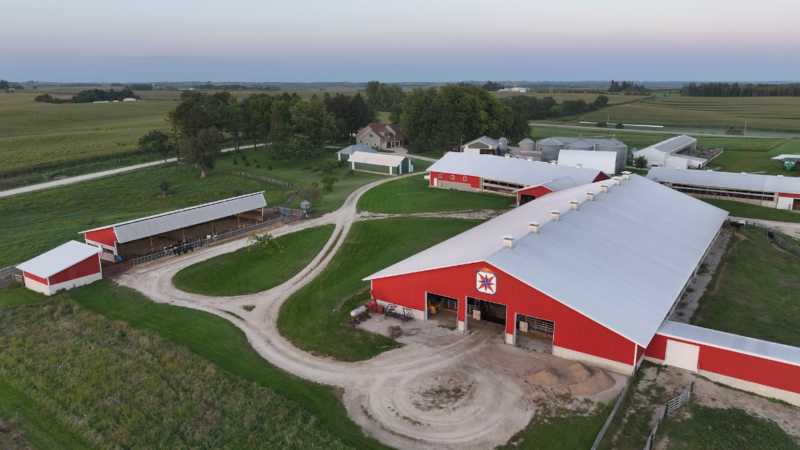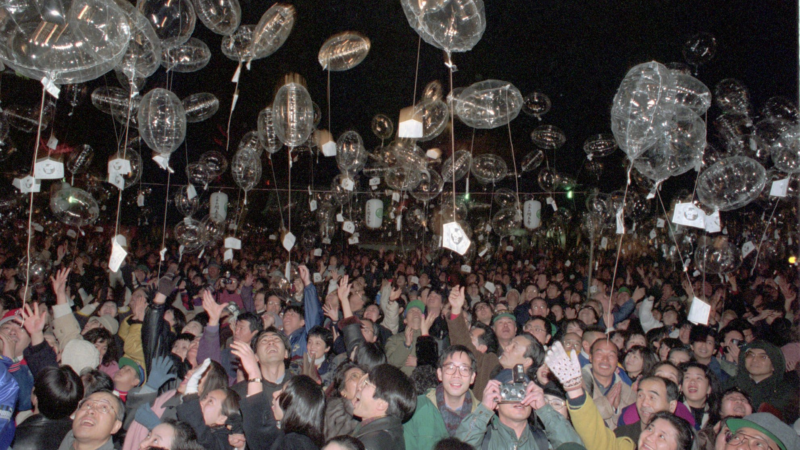At least seven dead after two Russian bridges collapse
Explosions caused two bridges to collapse and derailed two trains in western Russia overnight, officials said Sunday, without saying what had caused the blasts. In one of the incidents, seven people were killed and dozens were injured.
The first bridge, in the Bryansk region on the border with Ukraine, collapsed on top of a passenger train on Saturday, causing the casualties. The train’s driver was among those killed, state-run Russian Railways said.
Hours later, officials said a second train derailed when the bridge beneath it collapsed in the nearby Kursk region, which also borders Ukraine.
In that collapse, a freight train was thrown off its rails onto the road below as the explosion collapsed the bridge, local acting Gov. Alexander Khinshtein said Sunday. The crash sparked a fire, but there were no casualties, he said.
Russia’s Investigative Committee, the country’s top criminal investigation agency, said in a statement that explosions had caused the two bridges to collapse, but did not give further details. Several hours later, it edited the statement, which was posted on social media, to remove the words “explosions” but did not provide an explanation.
The committee said that it would be investigating the incidents as potential acts of terrorism.
Rescue workers cleared debris from both sites, while some of those injured were transported to Moscow for treatment. Photos posted by government agencies in Bryansk appeared to show train carriages ripped apart and lying amid fallen concrete from the collapsed bridge. Other footage on social media was apparently taken from inside vehicles on the road that had managed to avoid driving onto the bridge before it collapsed.
Damage to railway tracks was also found Sunday by inspectors working on the line elsewhere in the Bryansk region, Moscow Railway said in a statement. It did not say whether the damage was linked to the collapsed bridges.
In the past, some officials have accused pro-Ukrainian saboteurs of attacking Russia’s railway infrastructure. The details surrounding such incidents, however, are limited and cannot be independently verified.
Ukraine’s military intelligence, known by the Ukrainian abbreviation GUR, said Sunday that a Russian military freight train carrying food and fuel had been blown up on its way to Crimea. It did not claim the attack was carried out by GUR or mention the bridge collapses.
The statement said Moscow’s key artery with the Russian-occupied Zaporizhzhia region and Crimea has been destroyed.
Russia forces have been pushing into the region of Zaporizhzhia in eastern Ukraine since Moscow’s full-scale invasion in February 2022. Russia took Crimea and annexed it in 2014.
His brother’s mental illness isolated his family. Now he’s helping other caregivers
When it comes to serious mental illness, family caregivers are crucial partners. But often, they must fend for themselves. A new solution offers them support.
Out with the mayo: How Ukrainians reclaim holiday food
For many people from former Soviet countries, New Year's is a big holiday feast time. A Ukrainian restaurant in Washington gives NPR a taste of what's on the menu.
50 wonderful things from 2025
Each year, critic Linda Holmes looks back on the year and compiles a list of the things that brought her joy.
Farmers are about to pay a lot more for health insurance
Tariffs, inflation, and other federal policies have battered U.S. farmers' bottom lines. Now many farmers say the expiration of federal health care subsidies will make their coverage unaffordable.
Why do we make New Year’s resolutions? A brief history of a long tradition
One of the earliest mentions of New Year's resolutions appeared in a Boston newspaper in 1813. But the practice itself can be traced back to the Babylonians.
Judge orders new trial for Alabama woman sentenced to 18 years in prison after stillbirth
Lee County Circuit Judge Jeffrey Tickal vacated Brooke Shoemaker’s 2020 conviction for chemical endangerment of a child resulting in death. Tickal said Shoemaker's attorneys presented credible new evidence that the infection caused the stillbirth.








